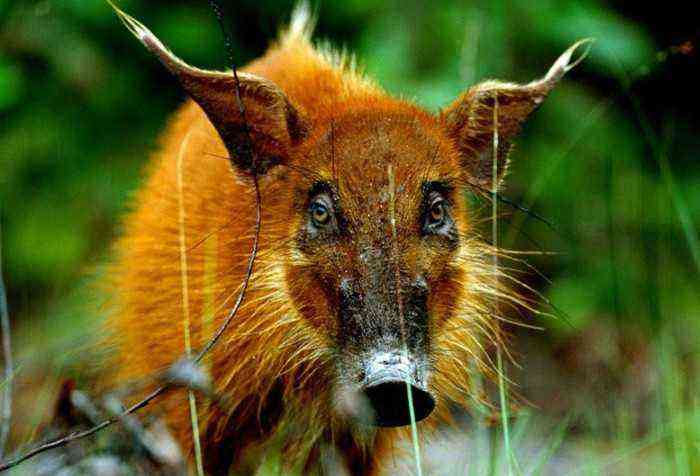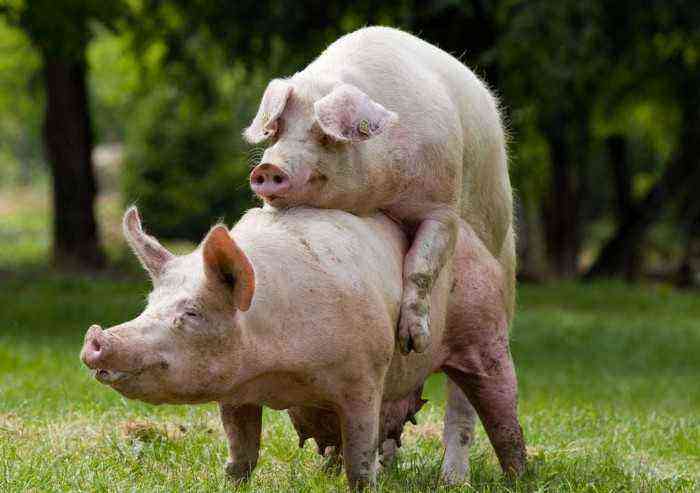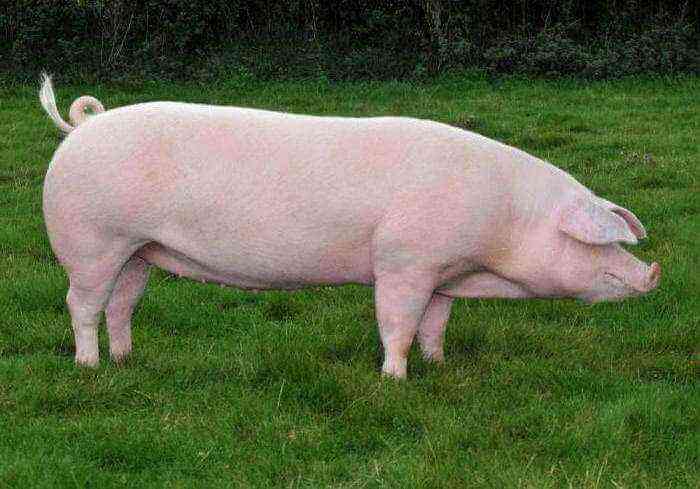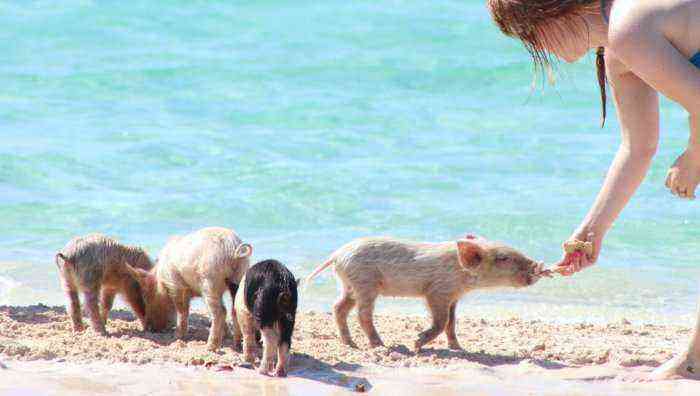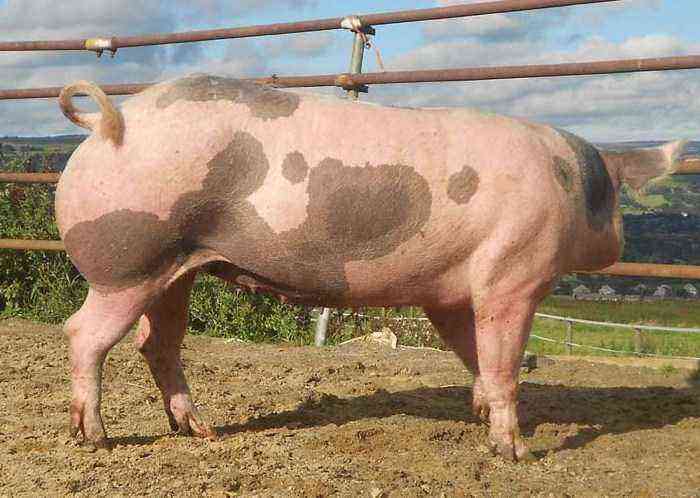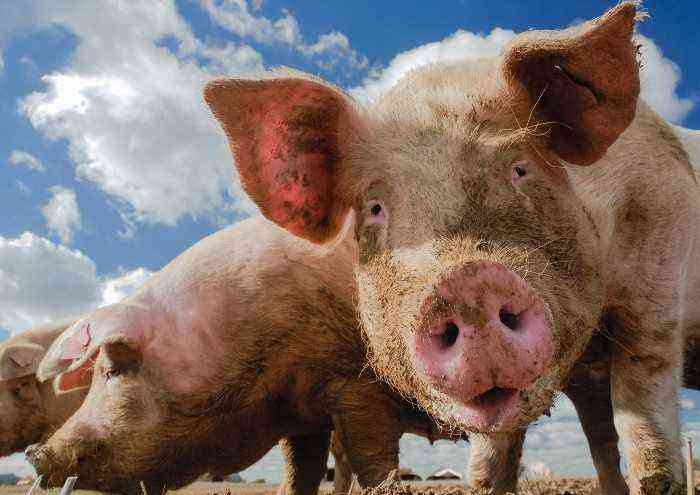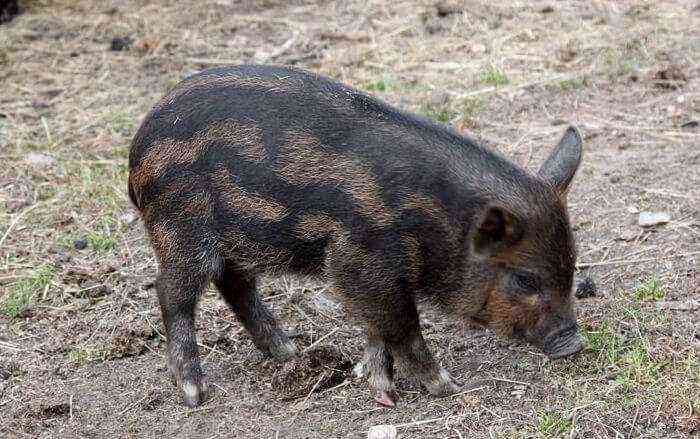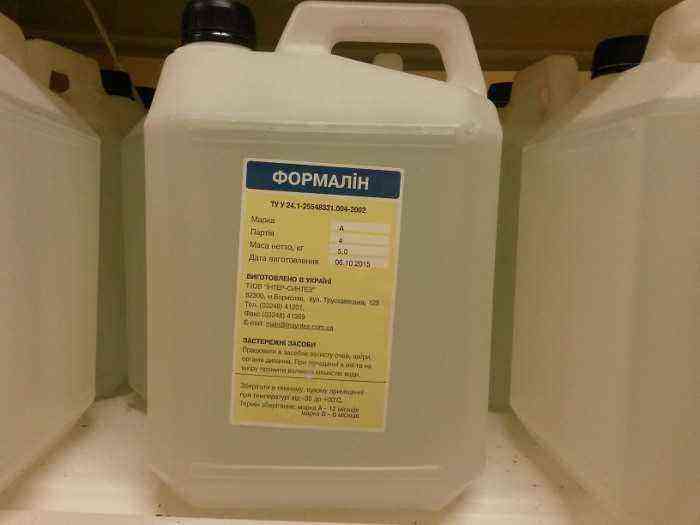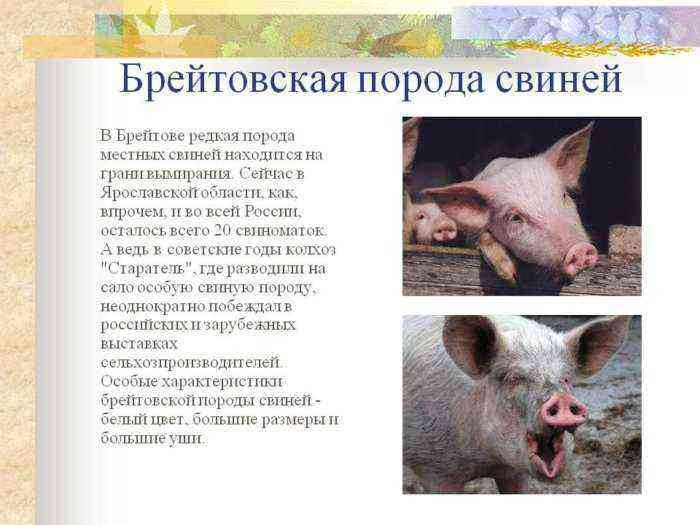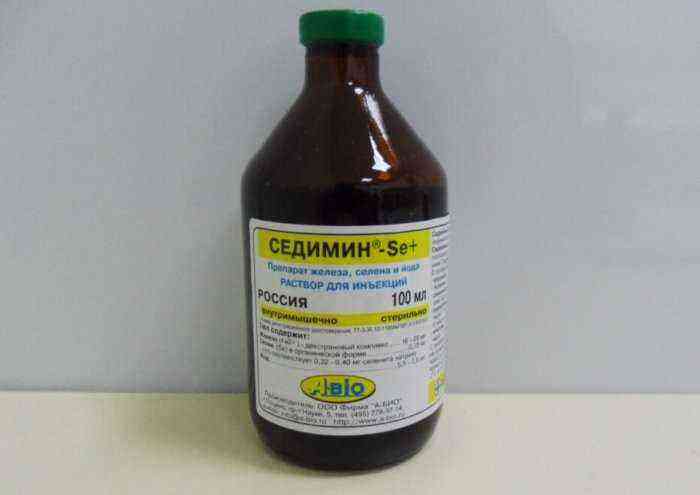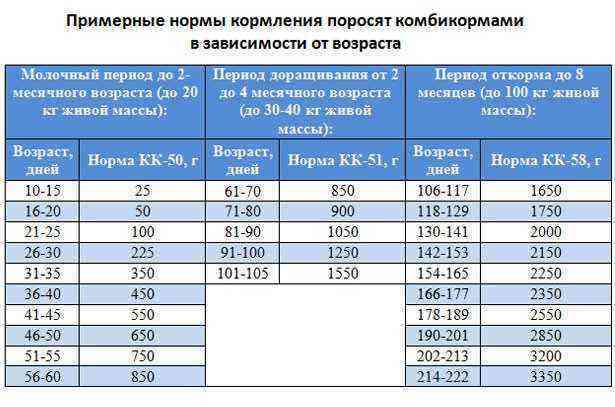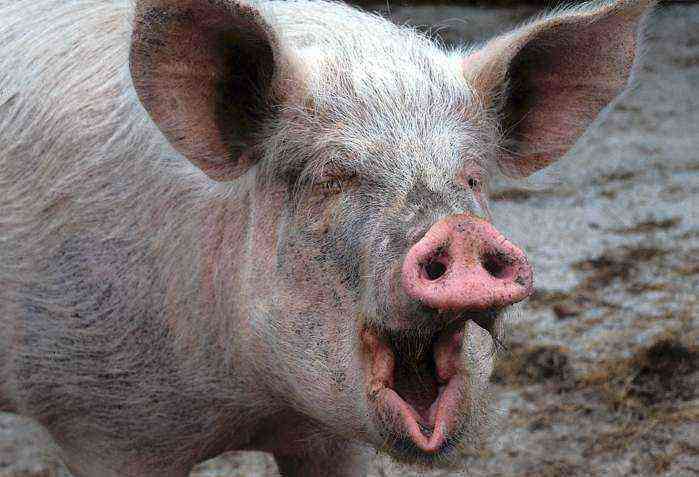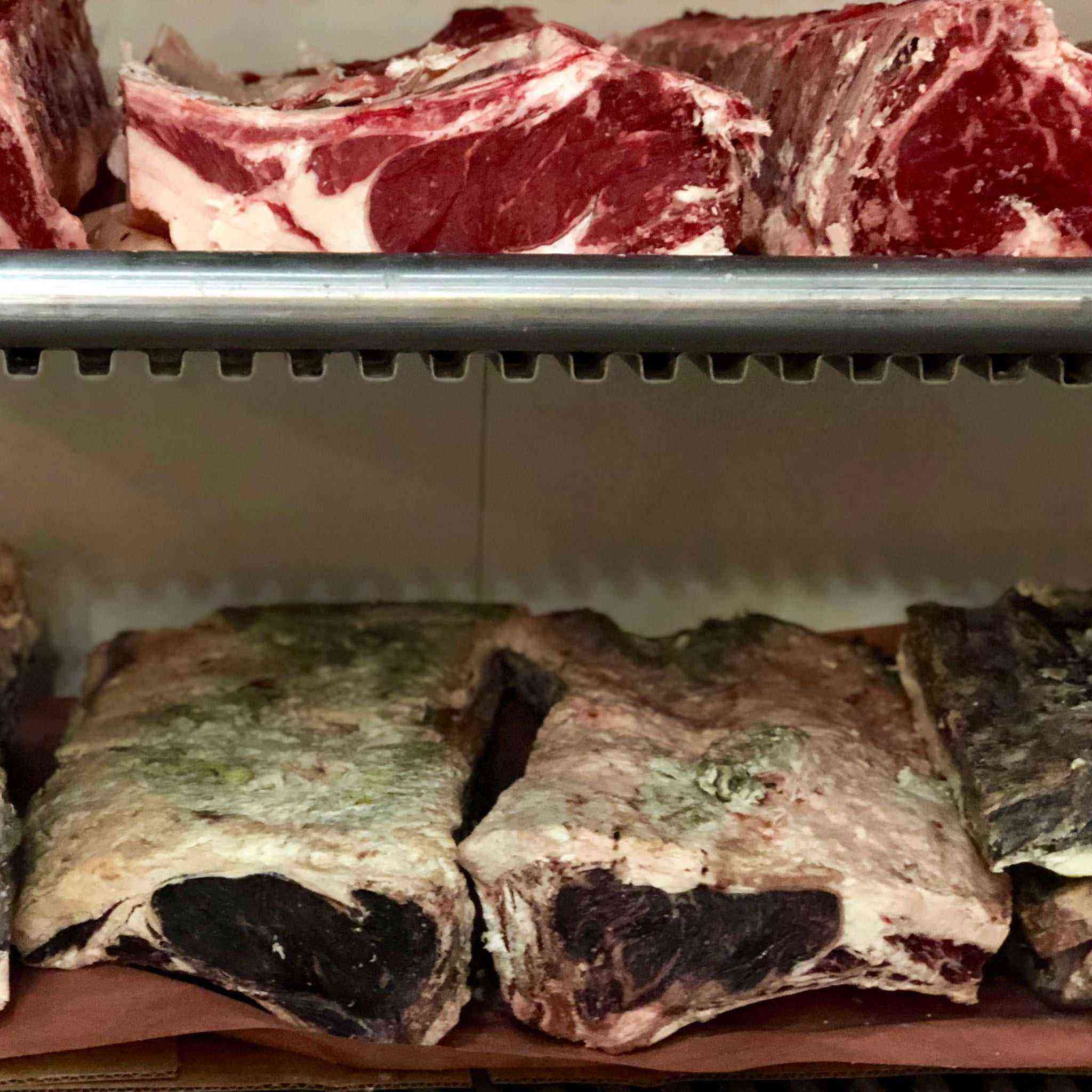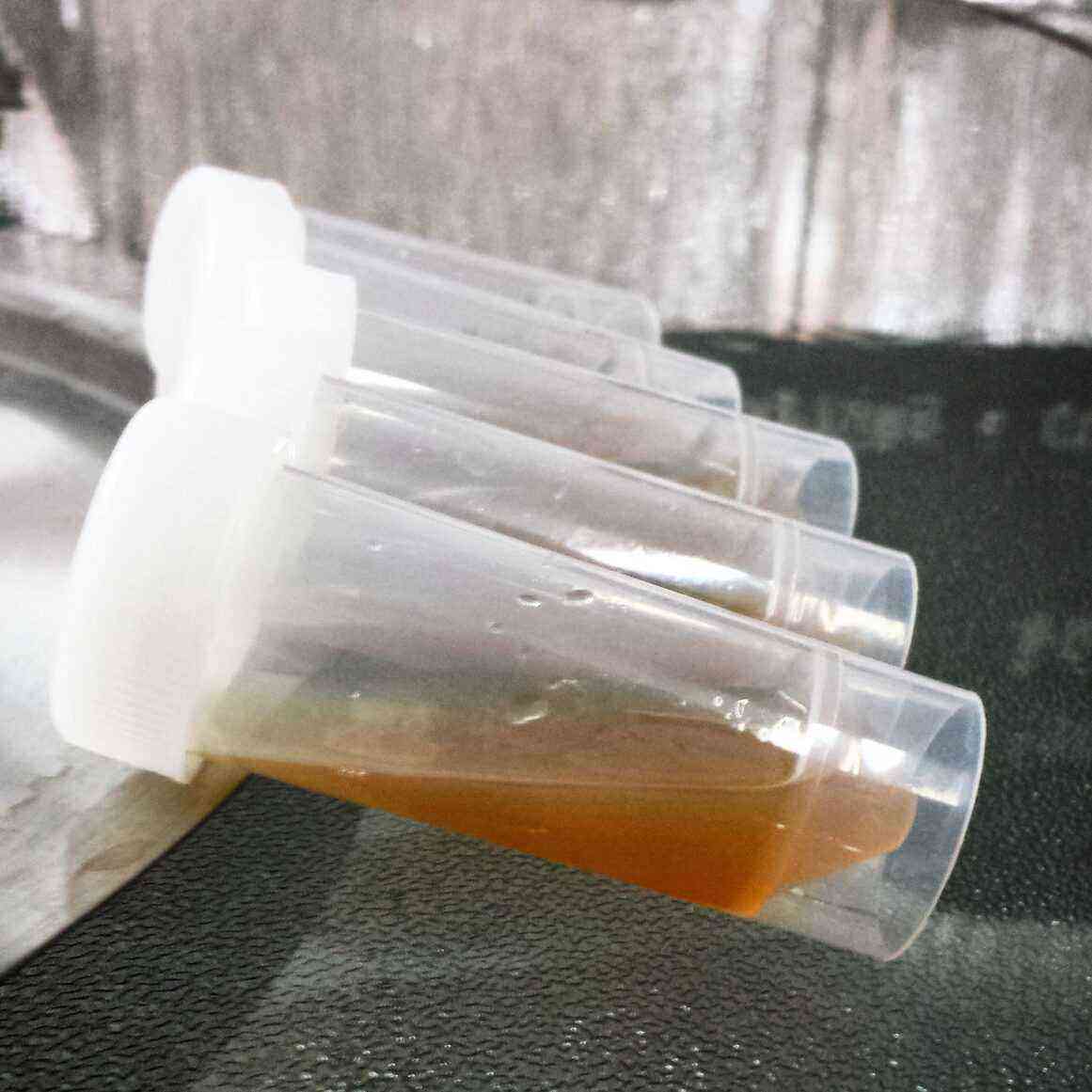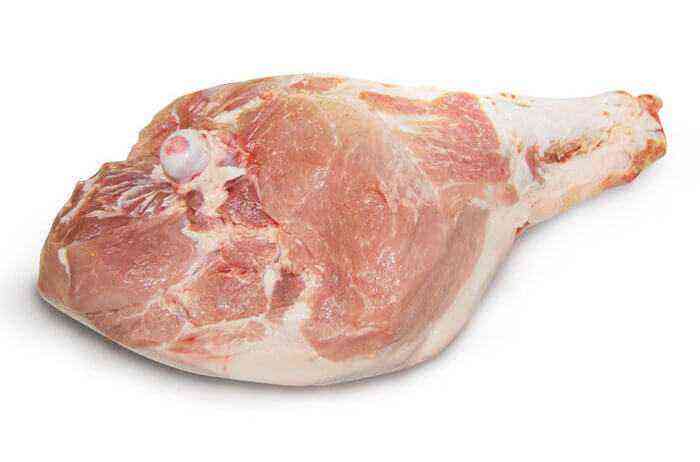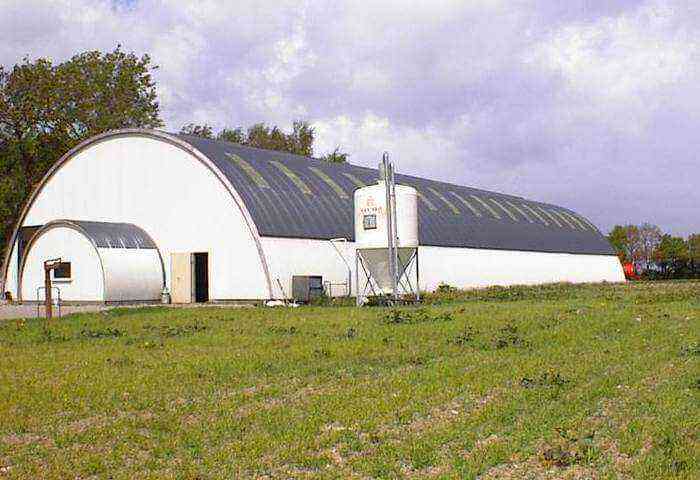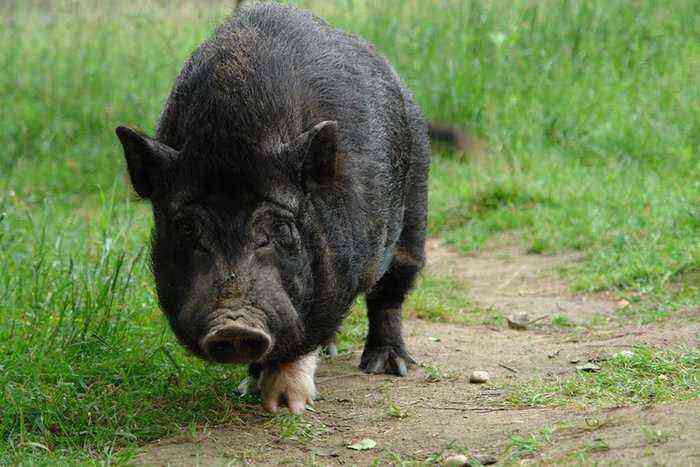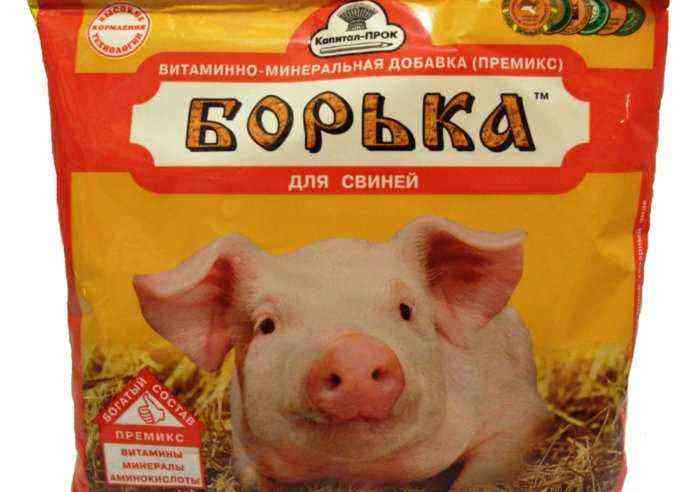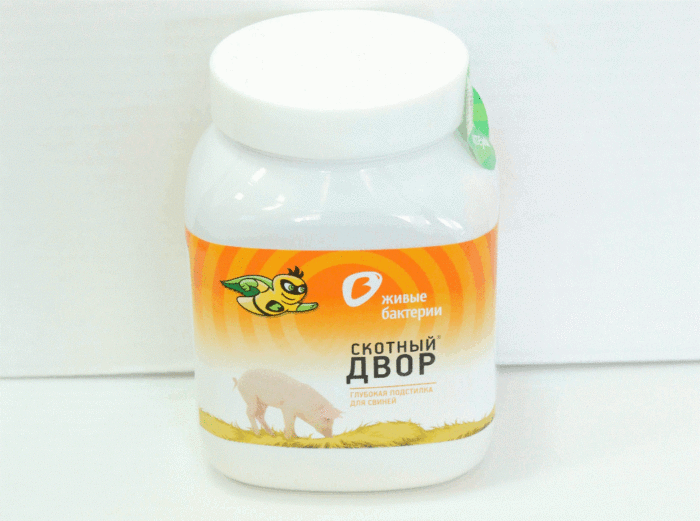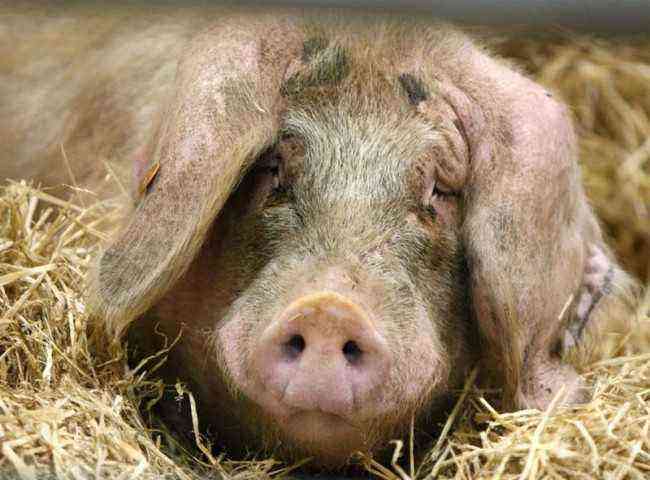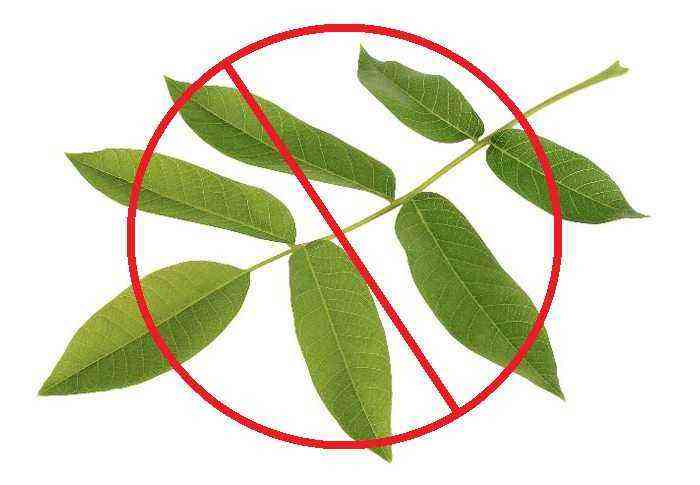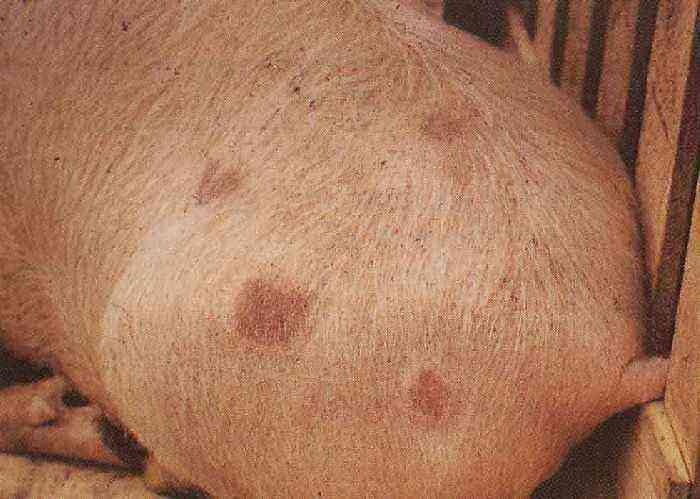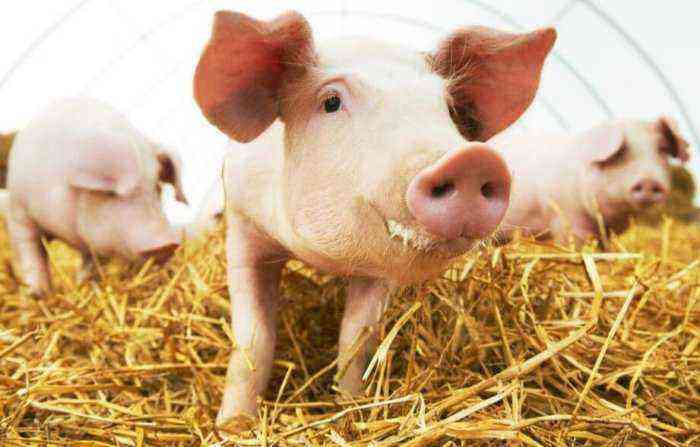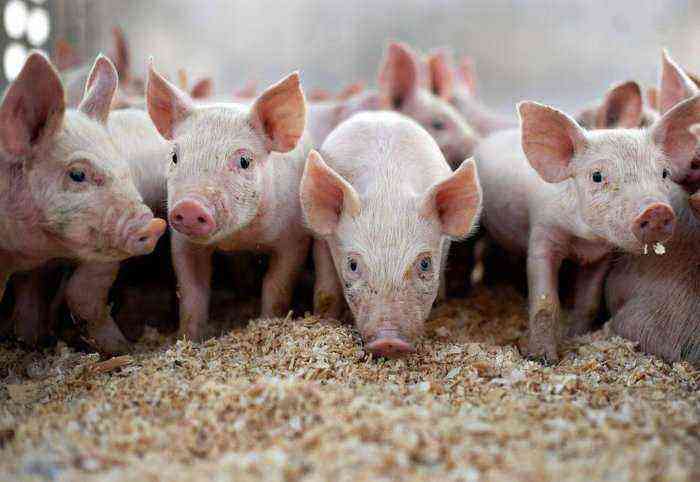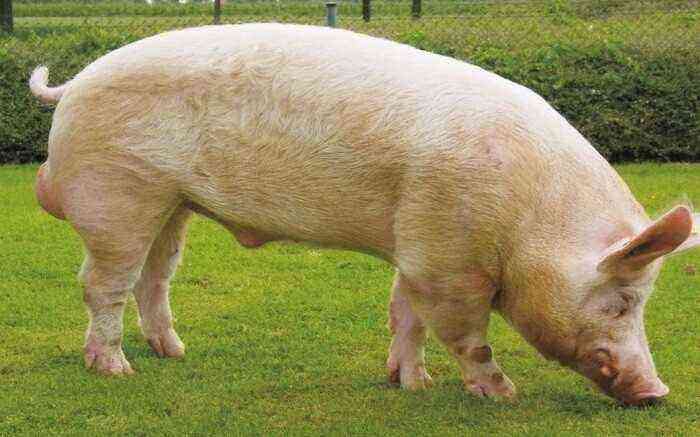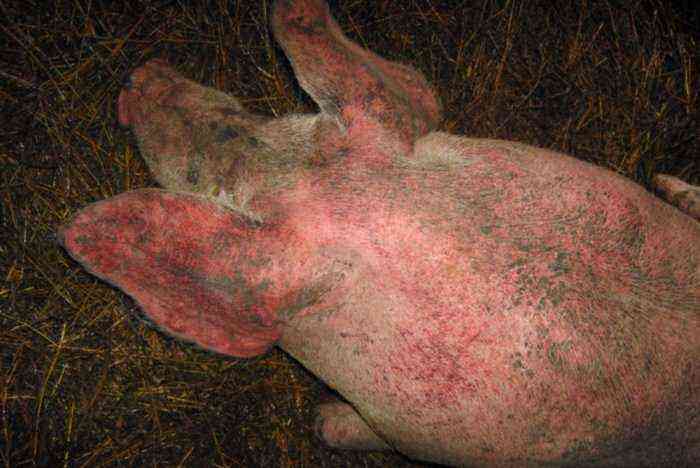One of the infectious diseases that bring significant losses to farmers around the world is swine enzootic pneumonia. This disease is dangerous because the ill individual remains a carrier of the virus for a long time. If the herd is large enough, the animals will get sick all the time. In chronic or acute form, pneumonia will affect young animals and even those who have just recovered from the disease and should have developed immunity.
Young
Causes of appearance
The causative agent of enzootic pneumonia are gram-positive mycoplasmas of filamentous, stellate or spherical shape. The size of a single microorganism usually ranges from 150 to 600 nm.
Mycoplasma is resistant to a number of drugs: streptomycin, thallium acetate, neomycin, polymyxin and penicillin. But tetracycline and all its derivatives, as well as tylosin, can be effective in the timely detection of the disease.
Microbes have an enviable vitality. With an air humidity of 75-80% and an average temperature of 5 to 10 degrees, mycoplasma retains all its properties for 28 days. If the temperature drops below 20 degrees, this period can last several months. At temperatures above 50 degrees, the pathogen dies, in this regard, the effectiveness of antiseptic solutions is noted.
At risk are usually pigs that have not yet reached the age of 7 months and suckling pigs. Among older animals, cases of the disease are quite rare.
Porcine enzootic pneumonia spreads in three main ways:
- infection by airborne droplets (secretory secretions of already sick animals are saturated with mycoplasmas);
- infection during feeding (microbes enter the body of suckling pigs along with sow’s milk);
- infection in utero (pigs are born already affected by the disease).

Piglets are born already affected by the disease
The disease usually covers 30-80% of the livestock, the death of piglets can be as low as 3%, and may reach 30%. The severity of the disease and the speed with which it will spread depends on a number of factors:
- care and maintenance of pigs;
- regularity of veterinary examinations;
- the composition of the diet;
- the age of the diseased individual;
- timely detection of affected animals.
Symptoms
In suckling piglets, the incubation period can take 8-56 days, and in some cases even more. The acute form of the disease without proper care is often transformed into a chronic one.
The main symptoms of the disease at the initial stage are typical of the common cold:
- decreases, appetite is suppressed;
- there is a slight increase in body temperature;
- there is sneezing and liquid discharge from the nostrils;
- there is a rare dry cough.
The first 10-14 days of the course of the disease, the vital signs of piglets remain satisfactory. They eat well, are quite mobile and active. But without proper care, over time, the cough becomes wet. And this is the first sign of that damage to the tissues of the lungs of the animal.
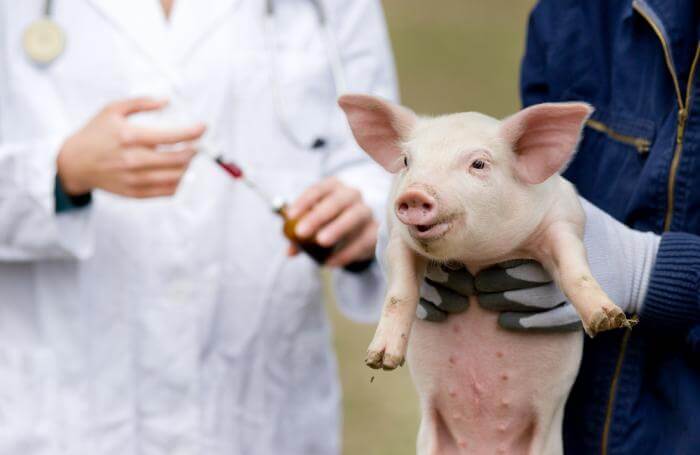
symptomatology
After that, the disease passes into a chronic stage, which lasts more than one month. Here are the main signs of this stage:
- in the morning, during feeding and walking, there is a strong, wet cough, often turning into attacks;
- animals move less, often choose a stance with legs wide apart;
- there is heavy, very rapid breathing;
- develops abdominal breathing and intermittent fever;
- appetite practically disappears, sick individuals lose weight and grow more slowly.
Diagnostics
To diagnose enzootic pneumonia, a complex pathoanatomical and clinical epizootological study will be required. The presence of the disease can only be detected in the laboratory.
For the final diagnosis, veterinarians conduct a serological and bacteriological study of biological samples of piglets that could become infected.
Treatment
The most effective way of treatment is a carefully selected complex of antibiotics that are active against mycoplasmas. So, improvement in the condition of piglets is observed after the use of the following drugs:
- levomycetin with norsulfazol, apramycin, belozin-200, neomycin, thiakat, chloramphenicol, rotodium, apramycin, lincomycin hydrochloride (with the treatment of each individual);
- premixes with sulfanilamide preparations, aerosols containing antibiotics (with group therapy).
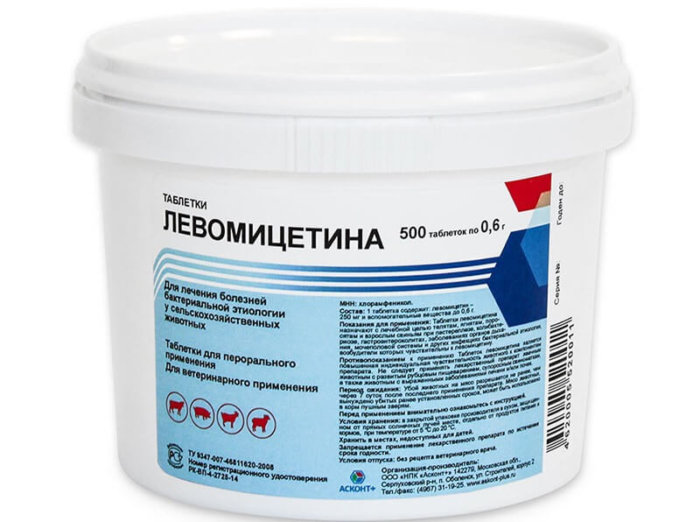
Levomycetin
Veterinarians recommend culling animals with a particularly severe course of the disease due to the low likelihood of recovery. Greater efficiency of treatment is observed in those farms where the conditions for caring for animals and their maintenance are at a satisfactory level. The regularity of feeding and diet will also be an important factor.
Attention! To avoid outbreaks of the disease in the future, periodic vaccination of the entire livestock is carried out. This is the most justified way to control epizootic pneumonia from both an epidemiological and an economic point of view.
Prevention
In order to minimize the risk of enzootic pneumonia in the livestock of the farm, it is necessary to try by all possible means to break the chain of infection. This will not only reduce the percentage of affected pigs, but will also increase their natural immunity. First of all, you should refuse to purchase livestock in those farms where cases of respiratory diseases have been recorded.
The list of necessary preventive measures also includes the following:
- regular inspections of the livestock, isolation and, if necessary, culling of infected individuals;
- a complete diet, including all the vitamins and minerals necessary for pigs;
- maintaining comfortable air humidity and optimal temperature conditions in the barn;
- separate keeping of pigs in accordance with belonging to one or another production or age group;
- regular vaccination of all individuals.
Important! Prevention of this type of pneumonia is primarily an integrated approach. If all sanitary and hygienic requirements for keeping animals are observed, the risk of infection will decrease significantly.
Conclusion
An outbreak of enzootic pneumonia can lead to the loss of a third of the young livestock, and as a result, to a significant economic subsidence of the farm. It is not difficult to avoid such troubles if you create the most comfortable living conditions for animals and do not forget about preventive procedures.


